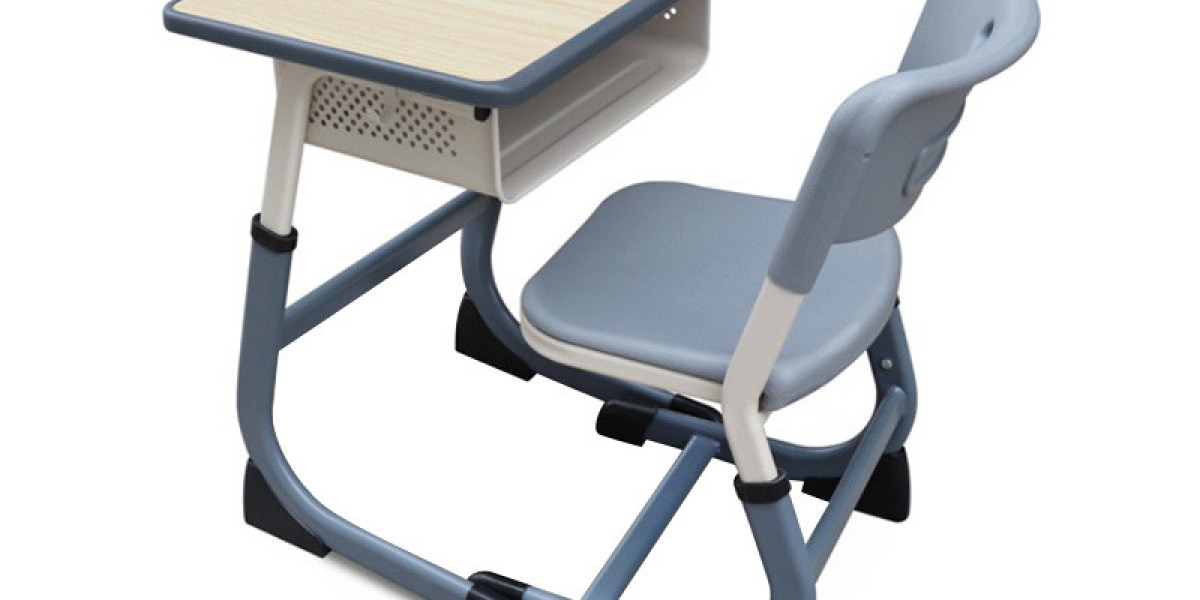In automotive dealerships, the sales department often gets a lot of attention—but the service department is just as critical to long‑term profitability, reputation, and customer loyalty. A well‑run Service Business Development Center (Service BDC) ensures that service leads and customer requests are handled promptly, consistently, and with high quality. When this function is enhanced with AI—as in the model adopted by leading platforms like BDC.AI—the impact is even greater: faster engagement, higher retention, more service revenue, and operational efficiency.
What Is a Service BDC?
A Service BDC is a dedicated function within a dealership that focuses on all customer engagement related to vehicle service, maintenance, repairs, recalls, warranty work, and parts. It handles inbound service requests (calls, texts, chat, emails), schedules service appointments, sends reminders, follows up on no‑shows, handles customer concerns, and seeks to maximize retention and satisfaction.
When augmented with AI, a Service BDC can operate more efficiently by:
Responding instantly to inbound service requests
Managing scheduling, confirmations, and reminders automatically
Handling communications across multiple channels around the clock
Tailoring messages to customer history, vehicle data, and service preferences
Tracking performance and allowing continuous improvement
Why a Service BDC Matters
Several key business drivers make Service BDCs essential for modern dealerships:
Customer Retention & Lifetime Value
Customers who return regularly for service are often more loyal and more likely to buy again or recommend. Service visits are a repeated touchpoint; good service experience builds trust.Missed Opportunities & Leaks
Without a dedicated, prompt follow‑up system, many service-related leads, reminders, or recall notifications slip through the cracks. Delays in response lead to lost revenue.Operational Efficiency
Automating routine tasks frees up service advisors and staff to focus on diagnostics, repairs, technical work, or more complex customer interactions instead of scheduling or chasing appointments.Revenue Uplift from Upsells & Preventive Maintenance
When customers are engaged proactively (reminders for maintenance, recall work, recommended services), there are more opportunities for upsells and more parts & labor business.Competitive Advantage
Dealerships that respond quickly to service inquiries, that make the service process easy and transparent, create better customer experience — which becomes a differentiator in crowded markets.Reducing No‑Shows and Increasing Service Floor Traffic
Appointment confirmations, reminders, and rescheduling tools help reduce no‑show rates, which improves resource utilization in service bays, parts departments, and staff scheduling.
Capabilities & Features of an AI‑Enhanced Service BDC (as Seen in BDC.AI)
Based on what BDC.AI offers, here are features that make a Service BDC highly effective:
Lightning‑Fast Response to Service Inquiries
AI can respond to service requests in just a few seconds, across text, email, chat, or phone. That prevents delays that cause customers to go elsewhere. BDC.AI’s averages are extremely fast response times for all inbound leads.24/7 / 365 Availability
Even when service department staff are off duty, the AI is able to engage leads, schedule appointments, send acknowledgments, so that no lead is missed simply due to timing.Multichannel Communication & Follow‑Ups
Messages via SMS, email, chat, voice, etc., across channels. AI ensures follow‑ups persist if someone doesn’t respond right away. Also escalations to human agents when required.CRM & DMS Integration
Real‑time data about customer vehicles, service history, parts inventory, scheduled technician availability, etc. This integration ensures accuracy in what is promised and what can be delivered.Customizable Communication & Brand Voice
Messages (automated or human escalated) that match the dealership’s tone, personality, branding. Personalized messaging using what the system knows about the customer’s past service or vehicle history.Automated Appointment Scheduling, Confirmations, Reminders
AI tools help schedule appointments, send confirmations, reminders, follow up if customer doesn’t show up. Reduce friction and missed appointments.Performance Tracking & KPI Reporting
Dashboards that show metrics like service request response time, no‑show rates, appointment booking rates, retention, follow‑up effectiveness. Helps the dealership continuously refine processes.
Key Metrics for Measuring Service BDC Success
To gauge how well your Service BDC is working (especially if AI‑enhanced), you should monitor:
| Metric | What It Measures |
|---|---|
| Inquiry‑to‑Response Time | How quickly service leads or requests are acknowledged and responded to. |
| Appointment Booking Rate | Of all service inquiries, what percentage result in scheduled service appointments. |
| Confirmation & Reminder Effectiveness | How often confirmations/reminders lead to appointment fulfillment (no‑show prevention). |
| No‑Show Rate | Percentage of scheduled service appointments where customer fails to show. |
| Retention / Repeat Service Rate | How many customers return for follow‑ups, preventive maintenance, or warranty work. |
| Declined Service Recovery Rate | When repairs or maintenance are declined, how often follow‑ups bring them back in. |
| Average Repair Order (ARO) | Dollars spent per service visit; improved by good upsell and proper diagnostic/maintenance suggestions. |
| Customer Satisfaction / CSI | Feedback, service reviews, surveys after service; experience quality. |
| Operational Efficiency | Technicians’ schedule fill rate; parts availability; staff utilization. |
Challenges & Strategies to Overcome Them
Even with AI‑powered Service BDCs, dealerships must address several challenges to get maximum value:
Data Accuracy & Inventory Visibility
If vehicle history, parts availability, service hours or technician capacity are not updated, the system may promise something wrong. To avoid this, ensure your CRM/DMS and parts databases are clean, updated, and synchronized. Inventory of parts and schedule visibility are essential.Balance Between Automation and Human Interaction
Some customer service issues, repair concerns, or warranty claims require human empathy and complex handling. Knowing when to escalate to human agents is key. AI should handle routine interactions, but handoff should be seamless for higher‑complexity issues.Maintaining Consistent Branding & Voice
Even automated messages should feel like coming from your dealership: consistent tone, transparency, clarity. This helps build trust. Poorly written automated communications that feel “robotic” can damage reputation.Training & Change Management
Staff need to be trained on how Service BDC works, how to use the system, how to engage with AI escalated leads, and how to maintain quality. Culture of follow‑through, accountability, and treating service appointments with care matters.Ensuring Customer Trust & Experience
Customers value transparency (what is being done, expected cost, parts availability). If AI agents promise availability or features that the dealership can’t deliver, trust may erode. Support customer experience with honesty and clarity.Measuring Right Things
Don’t fall for vanity metrics like “number of automated messages sent.” Focus on outcomes: service retention, show rates, revenue per service, customer satisfaction.
Best Practices for Implementing a High‑Performing Service BDC
To build or optimize a Service BDC that delivers results (especially using AI), here are practices to follow:
Define Clear Goals and KPIs First
Establish what you want from your Service BDC: faster responses, higher retention, reduced no‑shows, higher ARO, etc. Set measurable targets.Pick the Right Technology & Tools
The system should support AI agents, SMS/email/chat integration, real‑time scheduling, calendar sync, CRM/DMS integration, and multilingual capability if needed.Automate the Repetitive, Personalize the Rest
Use AI to handle automated appointment scheduling, reminders, confirmation, follow‑ups. Use human agents or escalations for situations where personalization, empathy, or negotiation matter.Design Communication Workflows
Map out how service requests are routed, when reminders are sent, when follow‑ups for declined services happen, when human agents intervene. Use automated drip sequences and escalation paths.Ensure Round‑the‑Clock Engagement
Service requests may come in after hours, weekends, holidays. Having AI‑enabled Service BDC ensures those leads are still captured and responded to, not lost.Train Staff for AI‑Human Collaboration
Service advisors, parts staff, BDC agents all should understand how the AI system works, what agents are expected to do, how escalations happen, and how to pick up customer conversations smoothly.Optimize Based on Data
Use reporting to identify bottlenecks (for example, many inquiries but low booking rate; or high no‑show after booking). Test different messaging, cadence timings, or reminder frequencies. Refine scripts and tone.Ensure Customer Feedback & Satisfaction
After service, solicit feedback. Surveys, ratings, reviews. Use this data to improve communication, scheduling process, customer experience. Happy service customers are more likely to return, refer, and even buy again.
Business Impact: What Dealerships Can Expect
When a dealership properly implements a Service BDC (especially with AI), results tend to be substantial and measurable:
Faster Lead Handling: Response times shrink dramatically, often down to seconds for many inquiries.
Increased Booking & Show Rates: More service appointments are scheduled and kept, reducing empty bays and unused slots.
Higher Revenue from Service & Parts: With better preventive‑maintenance outreach, recall fulfillment, and upsell opportunities when customers are well engaged.
Reduced Staff Costs / More Efficient Operations: Fewer manual labor in scheduling and follow‑ups; staff freed up to focus on resolution and customer experience.
Better Customer Trust & Retention: Quality, prompt communication builds loyalty, referral business, repeat service visits.
Improved Operational Metrics & Forecasting: With better data, dealerships can plan better: parts inventory, staffing, service bay capacity, promotions.
A Service BDC is much more than just scheduling service appointments—it’s a strategic lever for dealership growth, customer loyalty, and operational excellence. When enhanced by AI, it becomes an engine that captures every service opportunity, responds rapidly, minimizes missed business, and elevates the customer experience.
The dealerships that embrace AI‑powered Service BDCs—defining clear goals, investing in integrating systems, maintaining data quality, providing human escalation, and tracking the right metrics—won’t just survive; they will thrive by building reputation, repeat business, and consistent revenue outside just vehicle sales. In an era where customers expect responsiveness, transparency, and ease, a Service BDC isn’t a cost center—it’s a profit center and competitive differentiator.
















